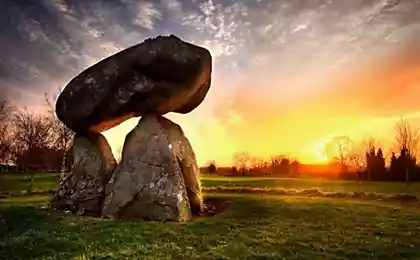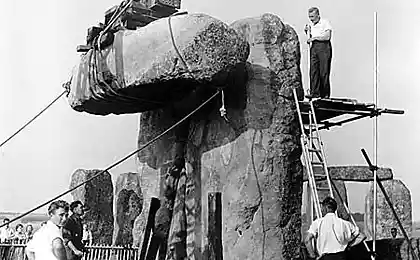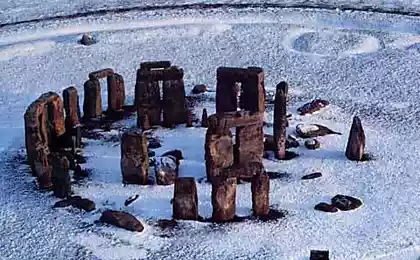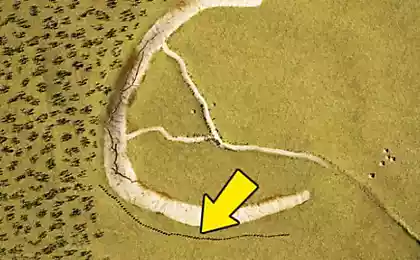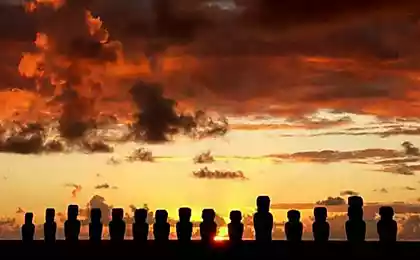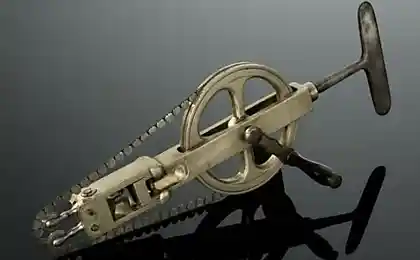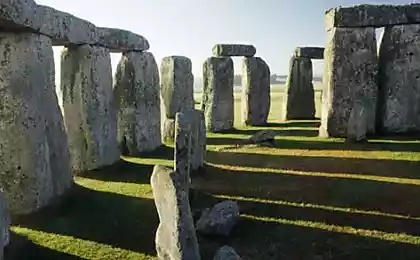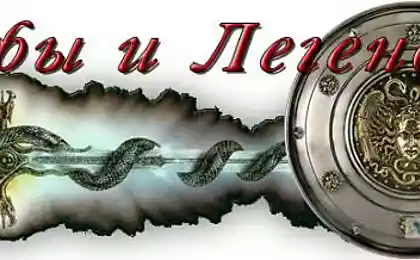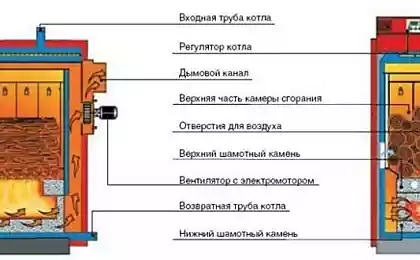446
On the exact purpose of Stonehenge
British geologists discovered in the town of Craig Rhos-y-FELIN in Pembrokeshire, South West Wales quarry where the ancient Celts mined blocks of Sandstone and diabase for construction of Stonehenge. Most archaeologists and geologists agree that the materials could not be produced on the spot, in the South-Western part of England on the site of modern Wiltshire, and was taken to the place of construction of the monument from South Wales, where the nearest deposits of this breed. Here the opinions of geologists are very different — there are several dozen candidates for the place of production of building materials for the construction of the great stone age.
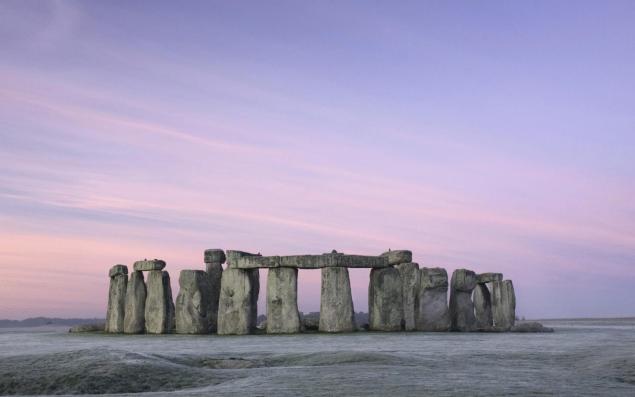
Robert Ixer from Leicester University and Richard Bevins from the National Museum of Wales, studied the mineral composition of the so-called blue stones — stone slabs of diabase, a relatively hard volcanic rock. They analyzed the ratio of silicon and other elements in the blue stones of Stonehenge and highlighted several points on the geological map of South Wales, where he could lie down rocks with the same chemical composition. Then they compared the macroscopic structure of samples from deposits of diabase with the appearance of stone slabs in the ancient monument and tried to determine their origin, guided by the realism of the production and delivery of construction materials to the site in the South-West of England.
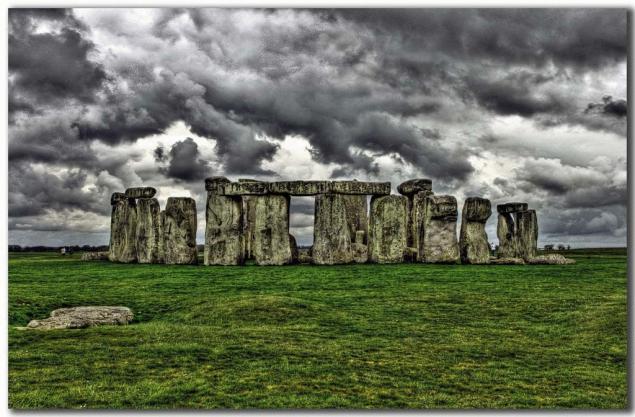
According to their calculations, an ancient quarry was in the town of Craig Rhos-y-FELIN in the Northern part of Pembrokeshire. In this area deposits of minerals are combined with signs of the existence of sites of ancient people. In addition, this area once housed the water sources which were venerated by the ancient inhabitants of England and Wales. This may explain why the ancestors of the English and the Welsh were ready to haul multi-ton blocks of diabase hundreds of kilometers away from their place of production. According to geologists, the final confirmation of the truth of their assumptions is perhaps the beginning of the excavations in the area of Craig Rhos-y-FELIN and search tools used by ancient people for production and transportation of monoliths. Huge boulders of Stonehenge was the center of one of the world's earliest civilizations. On the exact purpose of Stonehenge scientists still debate, some believe that this altar, others that it is an ancient Observatory. We will remind, in 2009 the British archaeologists have found traces of miniature replicas of Stonehenge, just two miles from the world famous ancient buildings. The researchers called this object Bluegem — because of the bluish color of stone from which it was built.
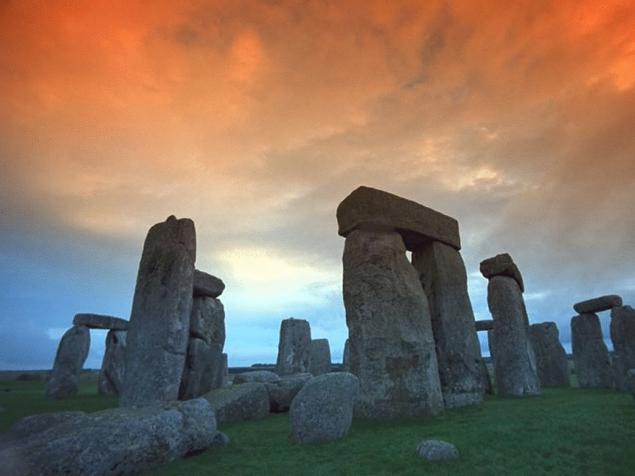
Source: /users/104

Robert Ixer from Leicester University and Richard Bevins from the National Museum of Wales, studied the mineral composition of the so-called blue stones — stone slabs of diabase, a relatively hard volcanic rock. They analyzed the ratio of silicon and other elements in the blue stones of Stonehenge and highlighted several points on the geological map of South Wales, where he could lie down rocks with the same chemical composition. Then they compared the macroscopic structure of samples from deposits of diabase with the appearance of stone slabs in the ancient monument and tried to determine their origin, guided by the realism of the production and delivery of construction materials to the site in the South-West of England.

According to their calculations, an ancient quarry was in the town of Craig Rhos-y-FELIN in the Northern part of Pembrokeshire. In this area deposits of minerals are combined with signs of the existence of sites of ancient people. In addition, this area once housed the water sources which were venerated by the ancient inhabitants of England and Wales. This may explain why the ancestors of the English and the Welsh were ready to haul multi-ton blocks of diabase hundreds of kilometers away from their place of production. According to geologists, the final confirmation of the truth of their assumptions is perhaps the beginning of the excavations in the area of Craig Rhos-y-FELIN and search tools used by ancient people for production and transportation of monoliths. Huge boulders of Stonehenge was the center of one of the world's earliest civilizations. On the exact purpose of Stonehenge scientists still debate, some believe that this altar, others that it is an ancient Observatory. We will remind, in 2009 the British archaeologists have found traces of miniature replicas of Stonehenge, just two miles from the world famous ancient buildings. The researchers called this object Bluegem — because of the bluish color of stone from which it was built.

Source: /users/104

